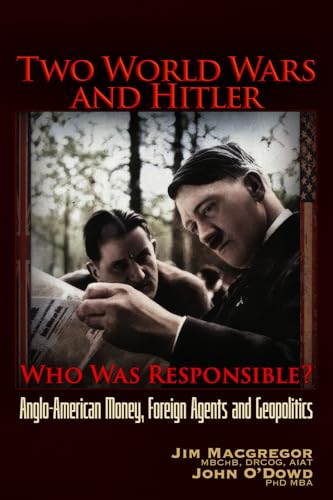
"Our Country First, Then Greenville"
by Courtney L. Tollison Hartness
"A New South City during the Progressive Era and World War I"
Popularity
3.24 / 5
* A book's popularity is determined by how it compares to all other books on this website.
Where to buy?
Buy from Amazon* If you buy this book through the link above, we may receive a small commission at no extra cost to you.
"Our Country First, Then Greenville" by Courtney L. Tollison Hartness
Details
War:
World War I
True Story:
Yes
Biography:
No
Region:
North America
Page Count:
330
Published Date:
2023
ISBN13:
9781643364179
Description
Main Themes and Topics
"Our Country First, Then Greenville" by Courtney L. Tollison Hartness provides a comprehensive exploration of Greenville, South Carolina's transformation during World War I. The book delves into the city’s experience within the broader context of the progressive era, highlighting how this period catalyzed Greenville’s significant development into a modern city. Key themes explored include the dramatic population growth of Greenville—as the number of residents nearly tripled between 1900 and the 1930s—race relations, and the contributions of both African Americans and women to the history of the city. Additionally, the book discusses the women's suffrage movement, positioning these social dynamics within the context of the home-front experiences during the war. This blend of social and historical narrative showcases how Greenville's local history intertwines with larger national movements.
Writing Style and Tone
Courtney L. Tollison Hartness employs a detailed and carefully researched approach in "Our Country First, Then Greenville." The writing style can be described as informative and analytical, aiming to provide a clear and insightful understanding of the events and societal shifts during this pivotal period in Greenville’s history. The tone is both educational and engaging, effectively drawing the reader into the narrative of Greenville's transformation while maintaining a scholarly depth.
Brief Summary
In "Our Country First, Then Greenville," Hartness places Greenville's development during and after World War I within the larger theme of the progressive era, showing how the war period set the stage for the city's evolution into a thriving modern urban center. The book chronicles significant changes in population demographics, as well as the movements and contributions of various groups, including African Americans and women, in shaping Greenville’s social and economic landscape. With a careful examination of race relations and the women's suffrage movement during this period, the author offers a richly detailed portrait of a city on the cusp of modernization.









